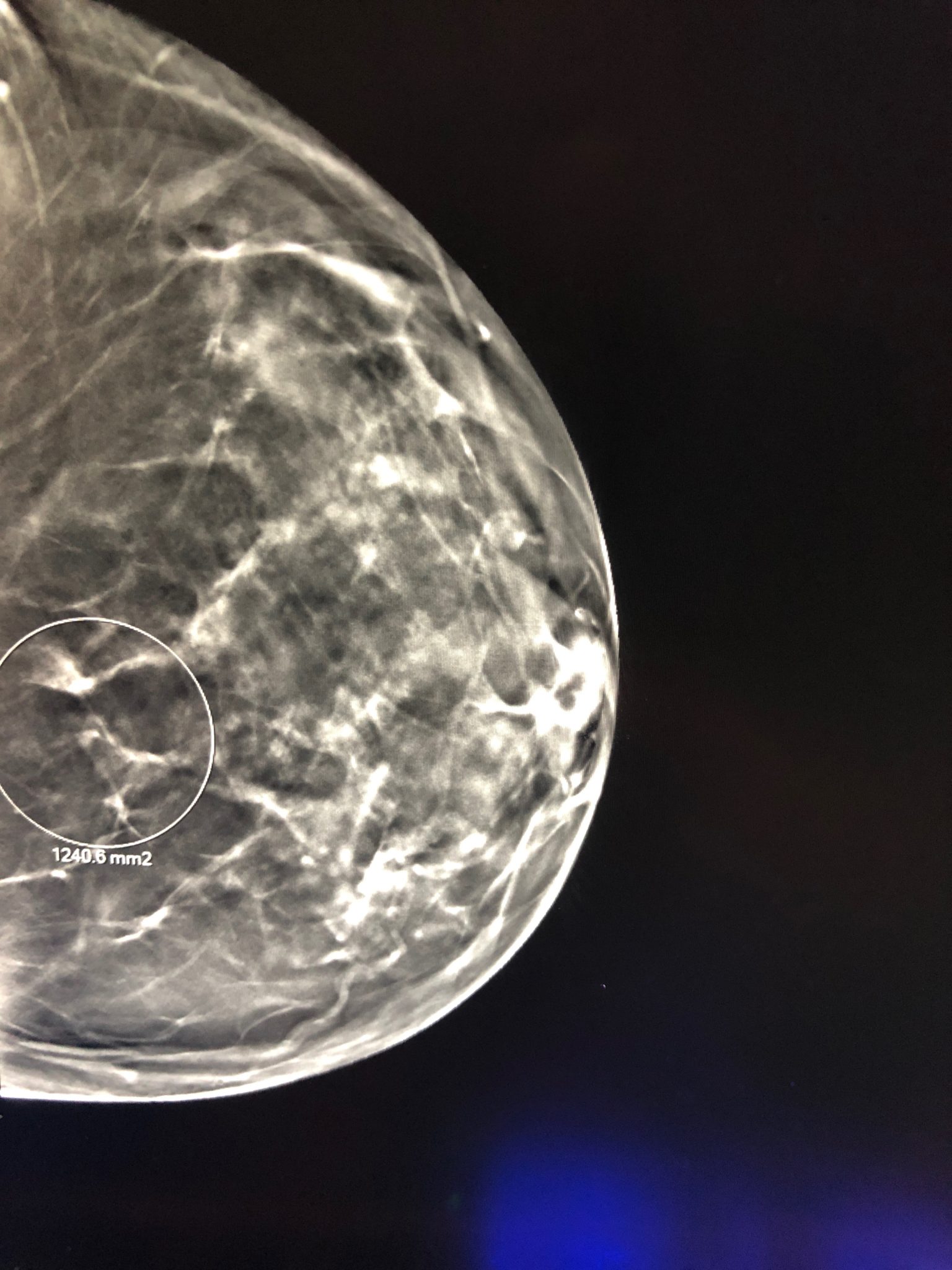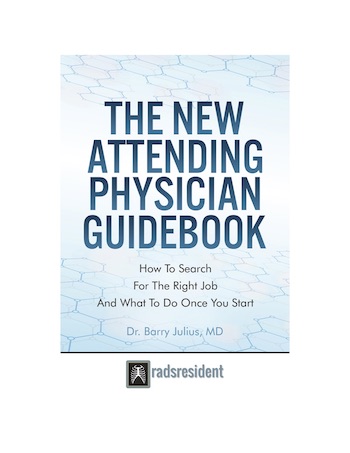
Maybe, you are ambitious and want to head a department. Or perhaps, your parents have high hopes for you and want you to become the boss. Although you think you may know, you probably have no idea about what goes into the radiology chair role. I know I didn’t until I started to practice. And, it can be challenging to find the truth about the job description (because they have too much bias!). So, what better venue than this blog to give you an accurate depiction of the position?
Of course, how much work you want to put into becoming a Radiology Chair is up to you. But, what does it entail to play the role of the Chair and do it well? And, is it worth the extra effort? First, I will discuss some of the personality traits that may be beneficial for the job. Then, let’s talk about the work, struggles, and benefits that you will need to think about before you start the process of working toward this goal. If you dare, go into this job pathway with your eyes wide open!
Personality Requirements For The Radiology Chair
Politically Savvy
Why is it critical to have a knack for politics? Well, invariably, there will be political factions that will push you towards different ends. And, you need to be strong enough to move the ship in a direction that is just and right for the practice. Therefore, you will need to deal with all sorts of personalities and points of view well.
Not Take All Criticisms To Heart
As a Chair, you will hear and field mostly complaints from colleagues, staff, and hospital administration. Very rarely, do folks get a compliment on a job well done. (Even if you are doing so!) So, you will need to let the upsetting criticisms slide off your back. Do not take it to heart. Or else, you will become a depressed and bitter radiologist!
Good Communicator
You need to let all parties know what you are doing with an open hand. One ingredient that gets employees more upset than anything else: finding out changes after the Chair has implemented them. Or, not letting anyone know about your intentions. Poor communication is a recipe for disaster in practice.
Strong Decision Maker
And, finally, this position entails making some hard choices that you will have to live with for the rest of your life. You will need to hire, fire, budget, and strategize. I would recommend that you have a strong stomach to make these decisions. Rarely, can you make everyone happy with all the decisions you make.
Job Requirements
Hiring and Firing
First of all, you will have the honor and privilege of hiring new employees. Not so bad, huh? But, that also comes with the painful task of firing ones that are not working out. If you have never experienced such a job, let me tell you, from my experience as a partner, that is certainly not fun. And, the Chair tends to be the leading player in this activity.
Fielding All Complaints- Radiologists And Other
Any practice of substantial size will receive complaints. And, if you are not getting them, you are probably not reading enough films to sustain a business. But with the territory of Radiology Chair comes fielding those complaints. And these can be from your practice, staff, hospital administration, or other clinicians. You will soon discover that many folks are not happy. And you have to deal with it all!
Attending Tons Of Meetings
If you like meetings, the chairman position is the job for you. Between partnership meetings, hospital staff meetings, galas, and more, you will soon become all too familiar with gatherings. You better have some tolerance for this activity!
Paperwork and Budgetary
As the head of a department, your signature needs to go onto lots of documents. It’s not official unless your name is on it. Moreover, you need to read those papers. Indeed, you don’t want your name going out on something you or your practice does not want.
Future Planning/Strategic Management- Mergers, Acquisitions, Contracts, Etc.
OK. I think that this part of the job is not so bad. Who doesn’t like planning the direction of your business? I believe it is the responsibility of all partners. But, the Chair should take a particular interest in these activities. They need to lead the business to better places!
Political Representation For Department- Parties, Etc.
The Radiology Chair is the figurehead of the practice. Think of the position as the President of the United States. If you don’t go to the hospital gala, who else will? And if you don’t show up on time for your work, everyone else will arrive late as well. Whatever you do makes a statement for better or worse.
Negotiations- Insurance and Other
Every hospital and private practice has times when you need to arbitrate to accomplish the goals of your department. Perhaps, you need to negotiate a salary or an insurance rate. Or, you need to get that great new CT scanner for the department. Regardless, you will be in charge of this process. Learn how to bargain with your peers!
Legal
Finally, your name will appear on lawsuits that strike the partners and employees. Since you are representative of the practice, there is a better chance that you will have to show up in court to defend the group’s position. Be prepared for this eventuality.
Advantages To The Role Of Radiology Chair
More Admin Time
Well, now you finally have what you want. You’ve got some more administrative time. Unfortunately, you will dedicate that time for all of those new responsibilities listed above (and probably a few more!). But, you may have a little bit more flexibility with your schedule. (If you are lucky!)
? Increased Pay
In some departments, the Chair makes a substantial amount more than her colleagues (especially in academics or massive private practices). For others, it does not move the needle that much. Regardless, there is usually some monetary bonus to being a chairman
? Respect
If you do an excellent job as a Radiology Chair, your colleagues and work alliances will respect you more. You will become a highly trusted member of the hospital and physician community. On the other hand, beware of becoming a poorly performing chair. You will have the active hostility of all!
Disadvantages
Time Away From Family
All these additional roles do not come without a price. You will most likely need to spend more time with your colleagues than with your family. It’s just the nature of the job.
Meeting After Meeting
The chairman’s role necessitates numerous meetings. To maintain communication with all parts of the practice, it becomes a necessary evil. The worst of the meetings are about when to decide the next meeting!
Less Clinical Time
The more you spend on administration, the less you spend on clinical work, That is just the nature of the beast. For some folks, this may seem enticing. And for others, not so much. In either case, know what you are getting into before you take this path!
Radiology Chair- Is It A Job Or A Lifestyle?
So there you have it. As you can see, becoming a chairman is not a road to a passive job with passive income. Instead, you most likely will work harder than you ever did before (unless you don’t care and want to do a bad job!) But, at the same time, it can come with a few rewards and prestige if approached in the right way. Just think about all the possibilities if you take this path. And, as I said at the beginning, go into this role with your eyes wide open!















